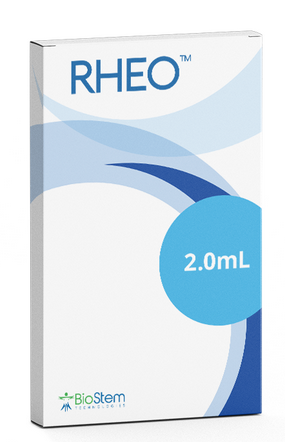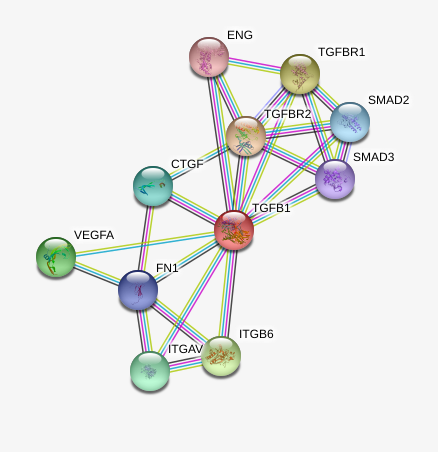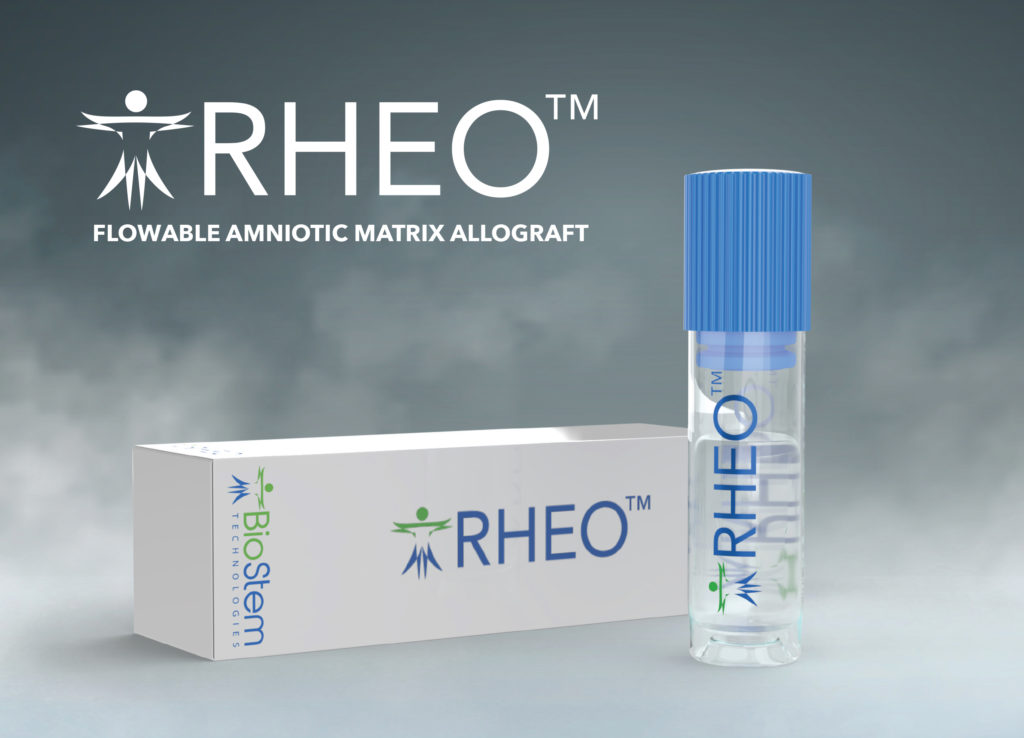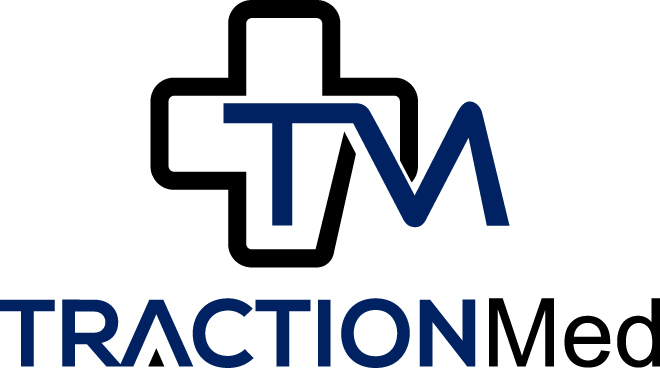RHEO™ is a connective tissue allograft flowable matrix. It’s derived from chorion-free human placental tissue and amniotic fluid, cryopreserved to maintain the viability of the intercellular messengers. This retains the biologic functionality that ensures symmetrical structure development, growth, and repair of the soft tissue by acting as
a biologic matrix for use in filling defects, or for points of localized inflammation.
Sourced From Trusted Partners

FDA Regulated
Download Quick Guide
Human amniotic allografts have a long history in regenerative medicine, this leverages the healing power of amniotic tissue in a new way. Unlike traditional amniotic allografts, this tissue matrix delivers bioactive cytokines and growth factors to promote non-fibrotic healing. The injectable provides a minimally invasive treatment option that can reduce pain and promote healing with little downtime, and it is uniquely suited to address musculoskeletal concerns that conventional allografts can’t reach.
Immunosuppressive Properties of Amniotic Membrane
The amniotic membrane is the immunologically privileged inner layer of the placenta. Amniotic cells are non-immunogenic, multipotent stem cells that exert their actions through trophic mechanisms, including secretion of paracrine-acting cytokines and growth factors that have immunoregulatory properties. The amniotic membrane also has an organized extracellular matrix (ECM) made of collagen, elastin, fibronectin and proteoglycans. The ECM serves as an avascular stromal scaffold for tissue development and repair, but it is also an important regulator of cytokine and growth factor signaling.
Amniotic epithelial and mesenchymal stromal stem cells exert multiple immunosuppressive activities, including inhibiting activation and proliferation of CD4+ and CD8+ T cells and B cells, and promoting activation of anti-inflammatory M2 macrophages and regulatory T cells (Tregs). More recently, they have been shown to inhibit the release of pro-inflammatory IFN-γ from cytotoxic natural killer (NK) cells and block differentiation of monocytes to dendritic cells. Together, these immunosuppressive effects block microglial migration and immune cell recruitment, attenuate oxidative stress, and enhance tissue regeneration.


Benefits of Amniotic Fluid
While the amniotic membrane has received the most attention as a regenerative therapy, we’re learning that amniotic fluid is equally as beneficial. Hyaluronic acid (HA) is a well-known ECM component, but it’s also found in high concentrations in amniotic fluid, where it increases the fluid viscosity and supports fetal movement. HA-mediated signaling is thought to be the reason why fetal wounds lack fibrous scarring, and when HA is applied to fresh wounds in adults, they heal with less scarring. In addition, amniotic fluid contains numerous growth factors and proteins that have been shown to improve bone healing, regenerate nervous tissue, and prevent fibrogenesis.
Flowable amniotic tissue allografts have recently been evaluated as a treatment option for several challenging conditions, with impressive results. For example, intra-articular injection of cryopreserved human amniotic suspension allografts was shown to reduce pain and improve joint function in people with symptomatic knee osteoarthritis. In another study, injected amniotic allografts improved symptoms of plantar fasciitis. A third study showed that local injection of amniotic tissue promoted peripheral nerve regeneration and ameliorated peripheral neuropathy.

Anti-inflammatory properties of Amniotic Membrane
To order product, please fill out each form using the links below.



